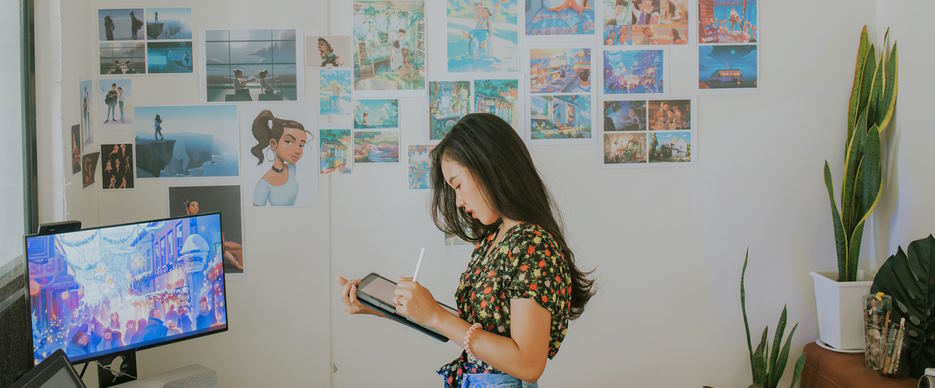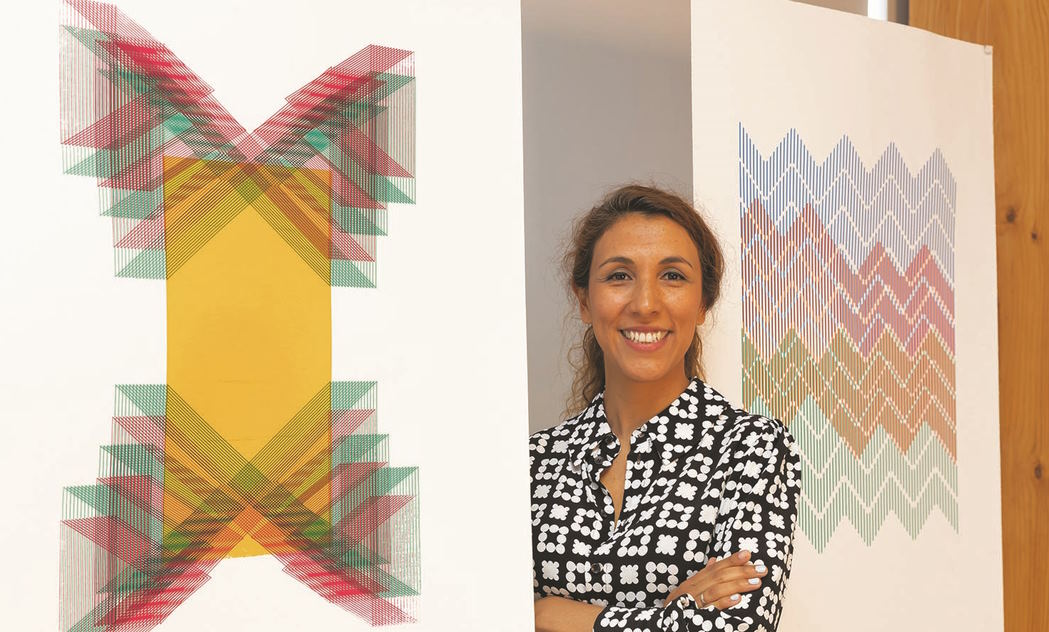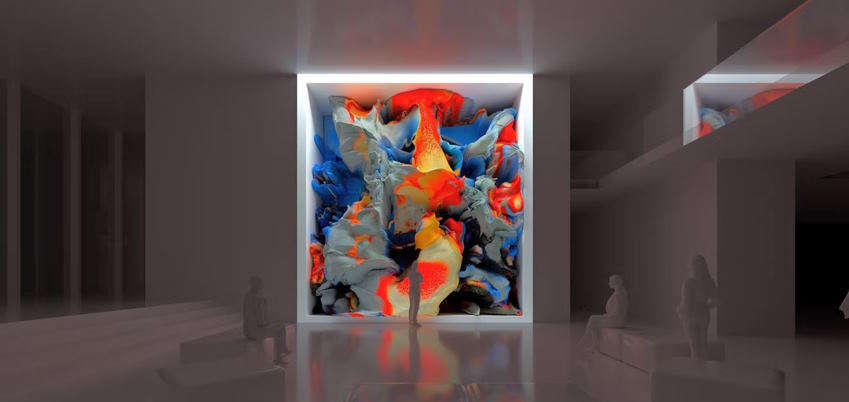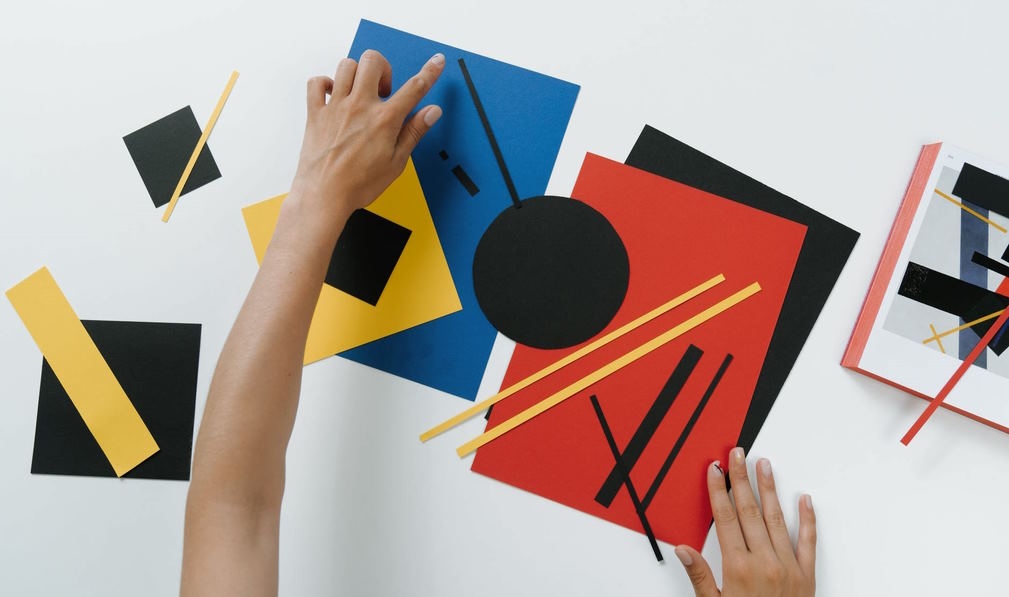Art and technology have always shared a complex and dynamic relationship. From the invention of the camera to the rise of digital art, technology has played a significant role in shaping the way we create, view, and appreciate art. In today’s digital age, the intersection of art and technology has become more prevalent than ever, blurring the boundaries between the two and opening up new possibilities for creative expression. In this blog post, we will explore the role of technology in modern art and design, looking at some of the most innovative and groundbreaking examples of how technology is transforming the world of art. Join us as we delve into the fascinating world where creativity meets technology.
The Influence of Technology on Art and Design
Technology has significantly impacted the world of art and design, from the creative process to the aesthetics of art and design, and even the democratization of art. In this section, we will explore the influence of technology on art and design in more detail.
The use of technology in the creative process
Advancements in technology have revolutionized the creative process of artists and designers. With the use of digital tools, artists and designers can create more complex and intricate designs that were once impossible to achieve with traditional mediums. For example, digital painting software allows artists to experiment with colors, textures, and styles in ways that traditional painting methods cannot. Similarly, 3D modeling software allows designers to create realistic models of their designs before they are manufactured.

The impact of technology on the aesthetics of art and design
Technology has also impacted the aesthetics of art and design. Digital art has emerged as a new form of art, with artists using software to create works that are unique, innovative, and dynamic. Digital tools also allow artists to manipulate images, create animations, and incorporate multimedia elements in their works. This has led to a new era of art and design that is constantly evolving and pushing the boundaries of creativity.
The democratization of art through technology
Perhaps the most significant impact of technology on art and design is the democratization of art. Technology has made it possible for artists and designers to showcase their work to a global audience, without the need for traditional gatekeepers like galleries and museums. With social media platforms and online marketplaces, artists can connect with buyers and collectors from around the world, regardless of their location. This has also made art more accessible to a wider range of people, allowing more individuals to appreciate and enjoy the beauty of art and design.
Technology has transformed the world of art and design, from the creative process to the democratization of art. It has opened up new possibilities for artists and designers to explore, and has allowed more people to appreciate and enjoy art. As technology continues to evolve, we can only expect to see more innovative and exciting developments in the world of art and design.
Examples of Technology in Art and Design
Technology has enabled artists and designers to explore new possibilities and push the boundaries of creativity. In this section, we will explore some examples of technology in art and design, including digital art and multimedia installations, augmented and virtual reality in art, and interactive art and design.
Digital art and multimedia installations
Digital art is a new form of art that has emerged with the advent of technology. Artists can use digital tools to create works that incorporate elements of multimedia, such as video, sound, and animation. Multimedia installations are often used in museums and galleries, creating immersive and interactive experiences for the audience. One example of this is the “Rain Room” installation by Random International, where visitors can walk through a rainstorm without getting wet, thanks to a sophisticated system of sensors and pumps.

Augmented and virtual reality in art
Augmented and virtual reality are new technologies that have opened up new possibilities for artists and designers. With augmented reality, artists can create works that interact with the real world, adding digital elements to the physical environment. For example, the artist JR used augmented reality to create a mural that came to life when viewed through a smartphone. Virtual reality, on the other hand, allows artists to create immersive and interactive worlds that users can explore. One example of this is the “The VR Museum of Fine Art”, a virtual museum that allows users to explore the works of famous artists in a digital space.
Interactive art and design
Interactive art and design are forms of art that allow the audience to participate and engage with the work. Technology has enabled artists and designers to create interactive works that respond to the audience in real-time. For example, the “Light Cloud” installation by Caitlind r.c. Brown and Wayne Garrett invites the audience to interact with a cloud of light bulbs, causing them to flicker and change colors. Similarly, the “Kinetic Rain” installation at Singapore’s Changi Airport is an interactive sculpture that responds to the movements of the audience, creating mesmerizing patterns and movements.
In conclusion, technology has enabled artists and designers to explore new possibilities and create innovative and exciting works of art and design. From digital art and multimedia installations to augmented and virtual reality and interactive art and design, technology has opened up new avenues for creativity and engagement. We can only expect to see more exciting and innovative uses of technology in the world of art and design in the future.




